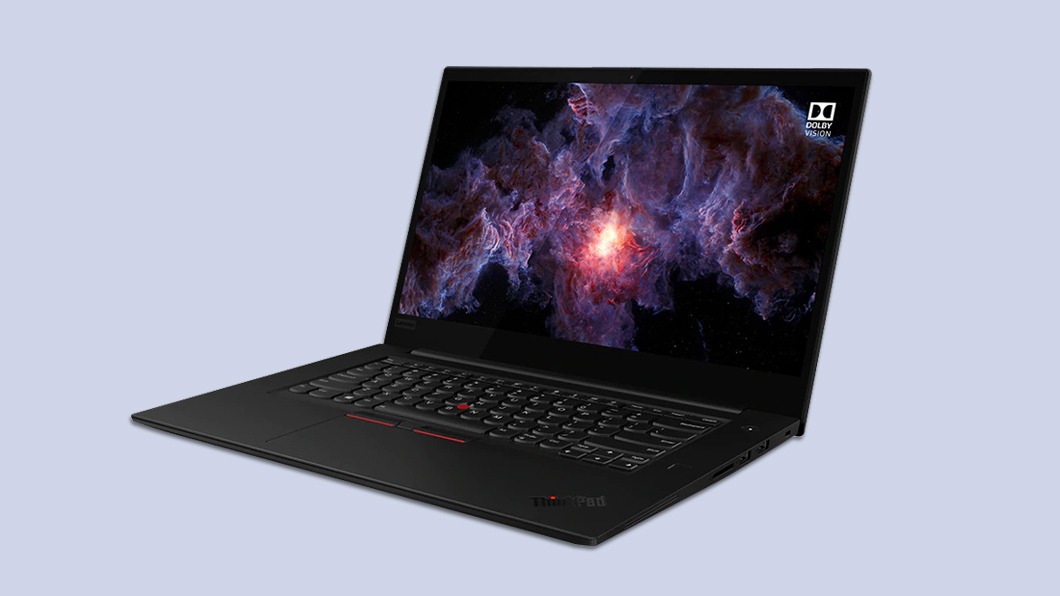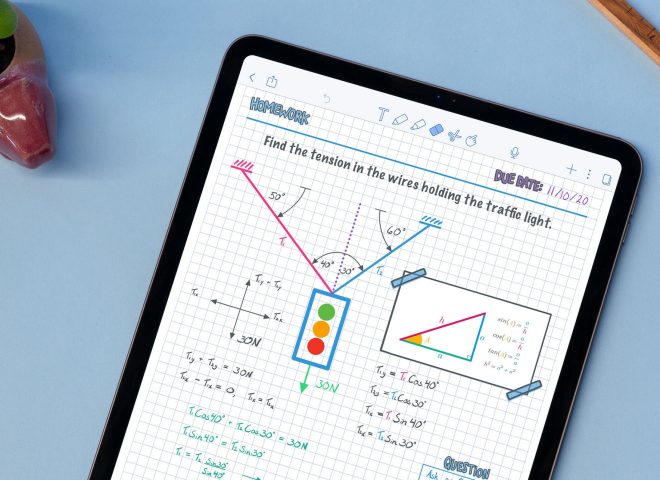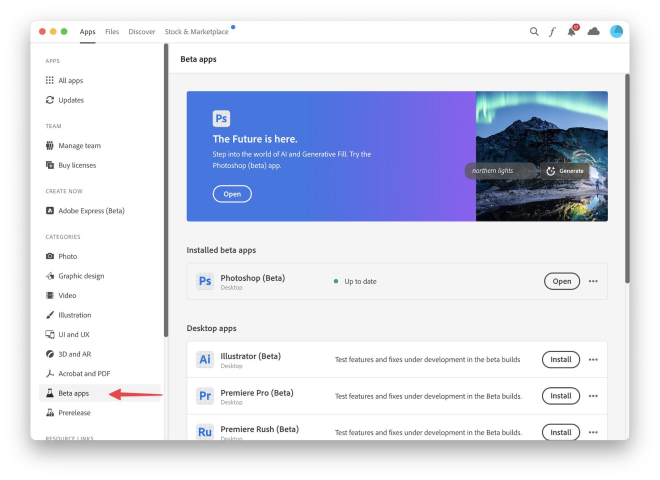Thoughts on switching from Mac to Windows
I’ve been a Mac user since 1993, so it was personally a big deal when I decided to make the switch to Windows this past year. The drastic change was instigated when my company, Astropad, began developing our products to bring them cross-platform (you can follow our Windows progress here). As the CEO of Astropad, I knew I needed to become intimately familiar with Windows so that we could port our products in a way that would respect the Windows environment. I believed that the only way to do that was to dive head-first into running Windows in my own workspace.
When I first made the switch, I used Windows as my daily driver for a few months. I was surprised when I ended up preferring my Windows laptop over my Mac for certain tasks, especially for writing. Once I was comfortable in the Windows environment, I molded my workflow to accommodate both Mac and Windows. These days, I have both my Mac and PC set up in my home office, and I switch between them nearly every day.
As I reflect on my journey to Windows, here are some of the significant hardware and software considerations I made along the way.
Exploring Windows hardware
Choosing a model
My first impression of the Windows world was that shopping for a PC was a complete nightmare. The PC ecosystem is a total Cambrian explosion of models, configurations, and special offers. People complain about how confusing Apple’s product line up is, but it seems rather straightforward when compared to the PC market.
I had to consult a multitude of tech review sites before I ultimately settled on the Lenovo X1 Extreme — otherwise it would have been near impossible to pick. These days, our entire engineering team is running on an array of PC laptops. When choosing models, a few of the review sites that we found the most helpful were: Windows Central, Tom’s Hardware, and Linus Tech Tips.
Price
What first struck me while purchasing a Windows laptop is how much computer I could get for my money. For the same price as a MacBook Pro, you can get a PC laptop with more CPU cores, more memory, a better graphics card, and a bigger hard drive. So it’s no surprise that creative pros that shop for performance have started buying PCs to replace Macs, especially those who work in 3D modeling.
And that’s only looking at laptops! When you start looking at desktop towers, the price-to-performance ratio is even greater. Apple’s Mac Pro looks like an overpriced boondoggle compared to what you can get in a reasonably priced PC tower.
Design and features
My Lenovo X1 Extreme is a 15” laptop with the black utilitarian design you’d expect from Lenovo. I’ve heard that Lenovo’s design gets mixed reviews, but I’ve personally always liked it. I appreciate that my Lenovo laptop has its own unique appearance — separate from my MacBook Pro — as opposed to the all of the copycat MacBook-lookalikes you see from many other PC manufacturers.
As far as the Lenovo keyboard design goes, I actually prefer it over my Macbook Pro when I’m doing a lot of writing. My Mac has one of the much-derided butterfly keyboards with poor travel and sticky keys. In comparison, the Lenovo keyboard is an absolute dream. I think it might be the nicest laptop keyboard I’ve ever used – it’s clicky and just so smooth.
Another great feature of the Lenovo is its full set of ports — no more USB-C dongles! It’s been incredibly convenient to have common ports on the computer, so I don’t have to parade around with USB-C dongles and hubs. They’ve also managed to keep it quite thin, which makes me wonder why Apple insisted on fetishizing design over usability by excluding everything but USB-C ports on their latest machines.
My Lenovo also has the features we’ve come to expect in a laptop; they’re fine, but nothing exhilarating. It has a decent trackpad but not nearly as nice as the Mac’s. It also has a fingerprint scanner that works most of the time, but again, it’s not as accurate as the Mac’s. It comes with touchscreen and stylus support, but the ergonomics are so weird and awkward that I never use it.
Speed
Major upside: the Lenovo is wicked fast. With 32GB of RAM, an NVidia GPU, and an 8 core Intel Core i9 CPU, this thing screams. For development work, the Lenovo has more than enough horsepower. The NVidia card is also powerful enough to drive my LG 5K Display, which was an important consideration for me, and the reason why I didn’t go with it’s more svelte sibling, the Lenovo X1 Carbon. When I’m using the laptop directly it has a built-in 4K HDR display that looks good and has drawn numerous compliments from family and friends.
The downsides
What don’t I like about the Lenovo X1 Extreme? It guzzles power and can overheat. I first noticed that my computer started to feel laggy when I had it in clamshell mode attached to my 5K display. When I realized that the computer was getting far too hot, I opened it up and it went back to its usual performance.
Another downside — the webcam is pretty terrible. Most laptop cameras aren’t great, but it’s worse than what’s on the Mac.
While this computer is powerful, it doesn’t have the greatest battery life – but that wasn’t a major concern for me. If it had been, I would probably have gone with the Lenovo X1 Carbon over this model. I can live with the shorter battery life, though, because the computer’s agility and slick keyboard make up for it. The software, however, is more of a mixed bag…
Adapting to the software
The biggest bummer about a PC laptop is Windows. After using Windows 10 for a few months, I’ve adapted enough to become productive. But in a perfect world, I would love to have PC hardware running MacOS — that would be the best of both worlds.
In college, I worked as a hospital technician, and we ran Windows XP. I can tell that Windows has come a long way since then, but it still leaves much to be desired. For example, high DPI displays are a bummer on Windows. On my built-in 4K display, some apps look super crisp and fantastic, while others are a jumble of fuzzy and blurry text. Even within Microsoft’s own apps, there’s inconsistent support for rendering high DPI text.
Default and cross-platform apps
The default apps on Windows 10 are also not the most reliable. For example, on the Mac you get a great Notes app, text editor, PDF viewer, and more, right out of the box. On Windows, I immediately had to go searching for third-party replacements.
For the most part though, the selection of native apps on Windows hasn’t interfered with getting work done because most of the apps I use are web-based and work great consistently on both (Mac and Windows) platforms. Under the hood, apps like Slack and Notion are actually powered by web technologies, which means you get the same experience across Mac and Windows.
Additionally, many of the apps I already use regularly are cross-platform, which made my switch to Windows pretty easy. These apps include Chrome, Slack, Notion, Zoom, Excel, Dropbox, Google Apps, Photoshop and 1Password. Plus, nearly all of these apps have cloud-based sync, making it easy to flip-flop between Mac and PC whenever I need to.
What I miss about macOS
That being said, there have been a few Mac apps that I’ve had to substitute as I’ve gone cross-platform. I had to switch from Textmate to Visual Studio Code, replace Sketch with Figma, and drop Agenda for OneNote. In most cases, the switch hasn’t been too bad and I’ve been pleasantly surprised with both Visual Studio Code and Figma.
There’s one Mac app for which I haven’t been able to find any replacement I like as much: Keynote. I make a lot of presentations and I’m fast at it. I have a prebuilt Astropad theme and the muscle memory to prove I’ve used Keynote a lot. What separates Keynote from alternative tools is how easy it is to create beautiful slides. I’ve tried other tools like Google Slides and Powerpoint, but they feel downright clunky. So for now, I stick with my Mac when I need to make a presentation.
In general, I also miss the seamless integration of the Apple ecosystem. I love how smooth it is to switch between my Mac and iPhone when it comes to iMessage, AirPods, and iCloud sync. The PC ecosystem just isn’t set up to offer the same harmony.
Development workflow
As a developer, I’ve been able to find a new normal on Windows. I’ve found Powershell to be a decent replacement for Terminal, but I really miss having the full Unix subsystem. I’ve been playing with the Windows Subsystem for Linux, but it’s too early to say whether it’s an adequate substitute. Visual Studio Code is a fantastic editor and Visual Studio is a highly capable IDE, even if it still feels a bit foreign. On the Mac, I used Homebrew to install packages and on Windows I’ve found Chocolatey to be a pretty reasonable alternative. Of course, if I’m doing any iOS development, I have to use my Mac, but that’s to be expected.
My final verdict
So, would I recommend other Mac users switch to Windows? The answer is, it depends.
If you’re someone like me who uses a lot of web-based apps and cross platform tools, making the switch is definitely worth a try. That’s especially the case if you work in graphics, audio, video, or 3D production, all of which benefit from the additional horsepower that a PC rig can provide. You’ll find a way more powerful computer for the equivalent cost of a Mac.
If you’re a Mac user who uses a lot of boutique third-party apps, you’re going to have a hard time. If you’re looking for the simplest possible computer and don’t want to fiddle with settings, you should also reconsider switching.
But for those of us that want a really powerful machine, use lots of cross-platform apps, and don’t mind fiddling — it’s worth checking out a PC!
—
If you enjoyed this, follow Matt on Twitter at @mronge for future updates.





